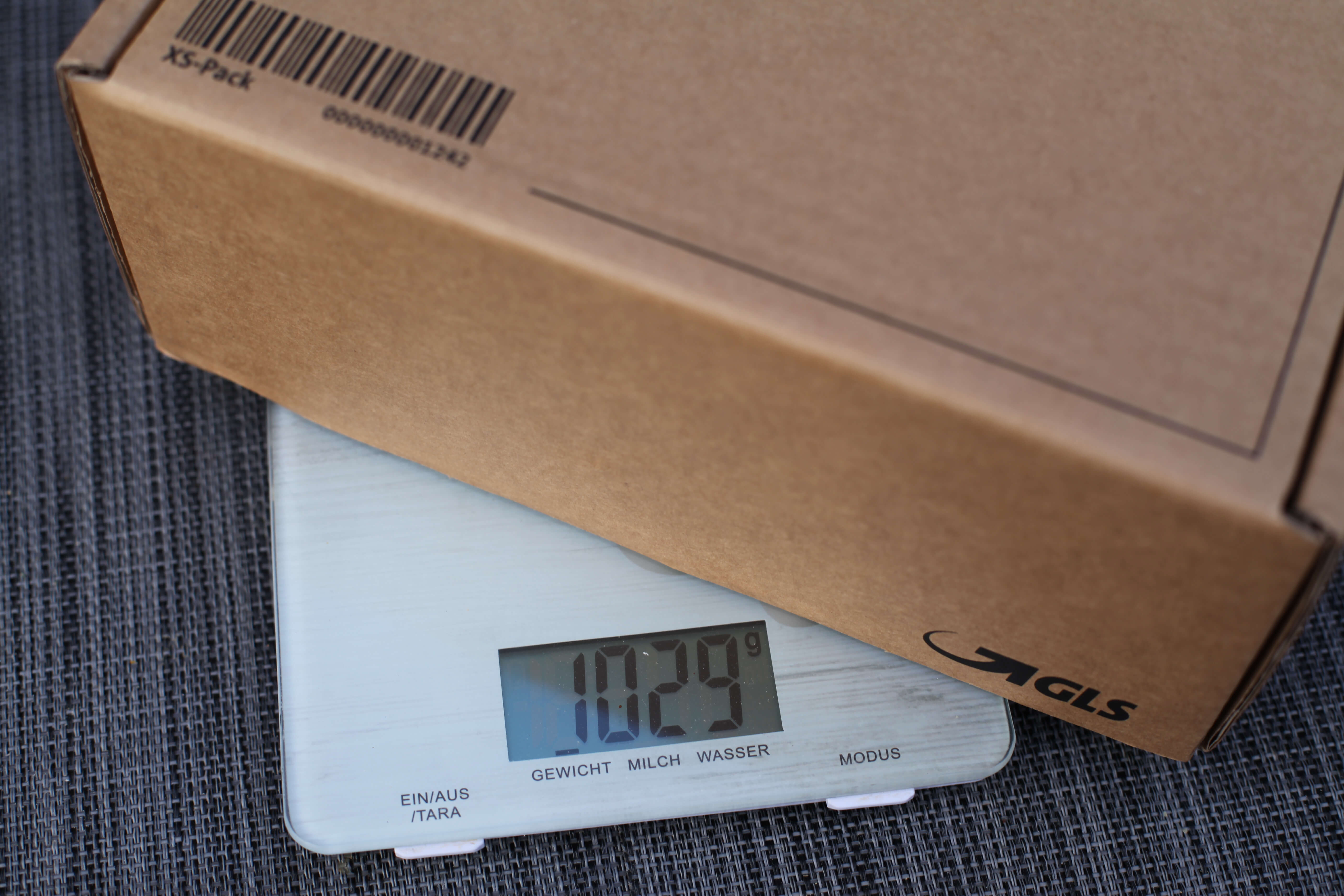Overview
In an effort to provide efficent and affordable postage, many carriers have a form of Automated Package Verification or APV for short. It works by using an array of state-of-the-art machines that are specifically designed for weighing and measuring parcels.
What’s the point of the system?
Essentially, the APV system is a form of double checking the weights & dimensions of details provided during label creation. For instance, if a label is created with a claimed weight of 3 ounces, but is later determined to weigh 6 ounces, the difference in postage will be billed to the shipper. This replaces the previous system where packages would either be returned to sender or the recipient would foot the bill upon delivery.
Some examples of verifications performed
-
Weight
-
Package Dimensions
-
Package Type
- example: a flat rate box mailed without a flat rate label
-
Zone Charge
- example: package mailed from a different origin than stated on the label
Label creation suggestions
Weight
Always round up weight to the next pound or ounce. This is the behavior of the APV system and is a best practice when purchasing postage
Dimensions
Particularly important for large, oversized, or irregular parcels, providing dimensions ahead of time will prevent the APV from flagging parcels.
What if I don’t agree with the charge?
There is an appeal process for dealing with discrepancies. Each discrepancy has a unique id that can be provided to the carrier along with the dispute reason. Ultimately, the carrier has the right to honor or refuse the dispute. There is a window of 60 days from the initial notification from the carrier to dispute the charge.
Best practices for accurate shipping
To avoid APV charges and ensure smooth shipping:
-
Measure Accurately: Use proper tools to measure your packages correctly.
-
Choose Right Packaging: Select appropriate packaging for your items.
-
Compare Rates: Shop around for the best shipping rates based on your package dimensions.
-
Track Costs: Be aware of unexpected shipping costs that might arise from incorrect measurements.
Related Topics
- Learn about dimensional weight and how it affects your shipping costs
- Discover proper packaging techniques to protect your items
- Understand how rate shopping can help you find the best shipping options
- Read about unexpected shipping costs to avoid surprises
More information
Additional details about the APV system for USPS can be found at this link
